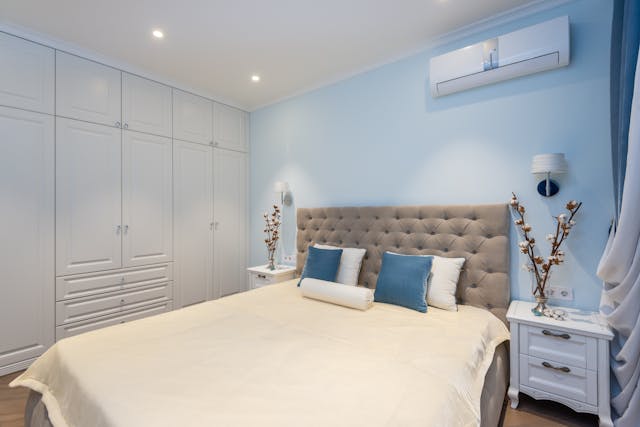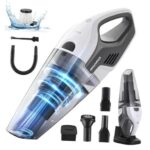When it comes to creating a comfortable home environment, your heating and cooling system is essential – however, like any other appliance, these systems can develop issues over time. Identifying and resolving common problems can save you time, money, and stress. In the points below, we cover some of the most frequent heating and cooling issues and provide practical tips for addressing them.
Uneven Heating or Cooling
Does one room feel like a sauna while another feels like the Arctic? Uneven temperature distribution is a common problem caused by poor insulation, dirty filters, or an unbalanced air distribution system.
How to Fix It
- Check your filters: Replace or clean them regularly to ensure proper airflow.
- Inspect your vents: Make sure they’re open and unobstructed.
- Seal leaks: Look for drafts or poorly sealed ducts that might be affecting airflow.
- Professional help: Call a technician to evaluate your ductwork and system performance.
For tailored solutions in your area, you might consider a trusted local service provider. For example, Greensborough heating and cooling experts offer specialised services to ensure your system operates efficiently.

Short Cycling
Short cycling refers to a system turning on and off more frequently than usual. It can lead to higher energy bills and unnecessary wear on your system. This issue is often caused by a malfunctioning thermostat, an oversized unit, or dirty components.
How to Fix It
- Check the thermostat: Ensure it’s set to the right temperature and located away from heat sources or direct sunlight.
- Clean the coils: Dirty condenser or evaporator coils can strain the system.
- Consult an expert: A professional can diagnose whether your system is appropriately sized for your home.
Strange Noises
Banging, rattling, or screeching noises from your system are never a good sign. These sounds can indicate anything from loose parts to more severe mechanical issues.
How to Fix It
- Tighten loose components: Use a screwdriver to secure panels or screws if you feel comfortable doing so.
- Inspect belts and motors: Worn-out belts or failing motors require immediate attention.
- Seek professional assistance: A trained technician can identify and fix internal issues without causing further damage.
Poor Air Quality
If your system is blowing dusty, musty, or stale air, it might be due to clogged filters, mould in the ducts, or a lack of regular maintenance.
How to Fix It
- Change air filters: Replace them every 1–3 months.
- Clean ducts: Consider having your ductwork professionally cleaned to remove allergens and debris.
- Install an air purifier: Enhance your home’s air quality with additional filtration systems.

High Energy Bills
An unexplained spike in your energy costs often signals inefficiencies in your heating and cooling system. Dirty filters, old equipment, or system malfunctions could be to blame.
How to Fix It
- Schedule regular maintenance: Routine servicing can keep your system running efficiently.
- Upgrade your system: If your equipment is outdated, a modern, energy-efficient unit may reduce long-term costs.
- Optimise usage: Set your thermostat to a consistent, energy-saving temperature.
When to Call a Professional
While some issues can be handled with DIY fixes, others require the expertise of a professional. If you’re experiencing persistent problems or are unsure how to proceed, it’s always best to reach out to experts in your area. By staying proactive and addressing issues early, you can keep your heating and cooling system running smoothly, ensuring a comfortable and energy-efficient home all year round. Whether you’re dealing with uneven temperatures, strange noises, or rising energy bills, there’s always a solution to restore comfort and peace of mind.
















